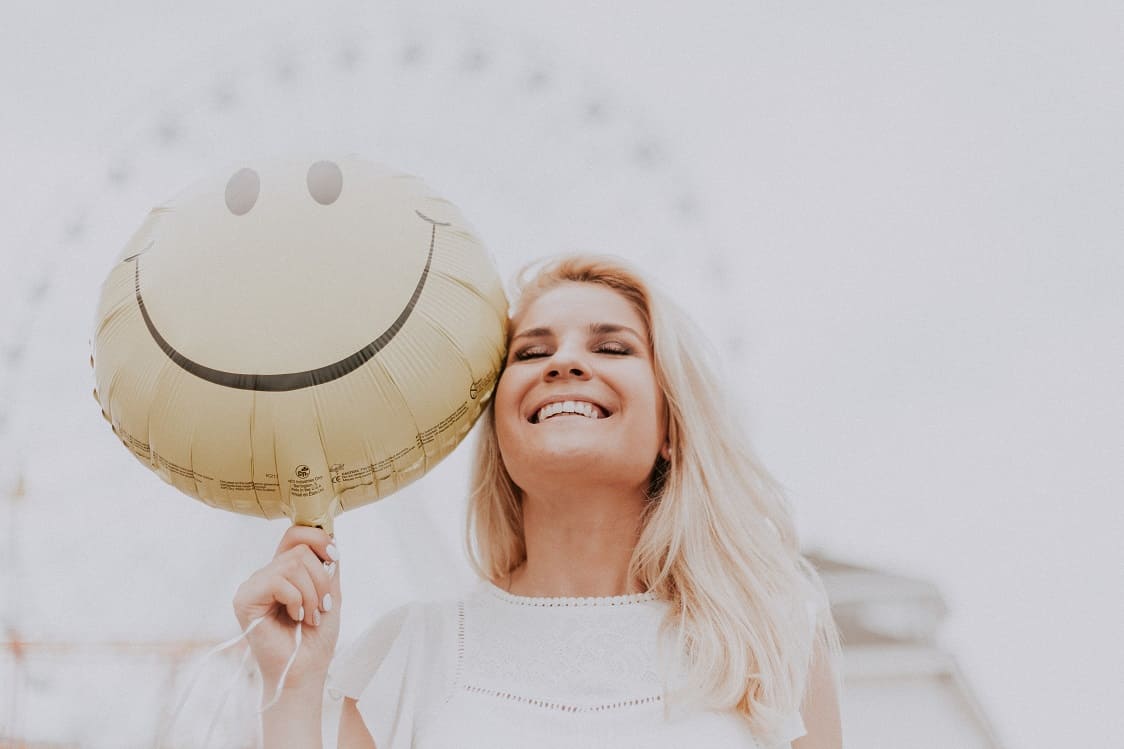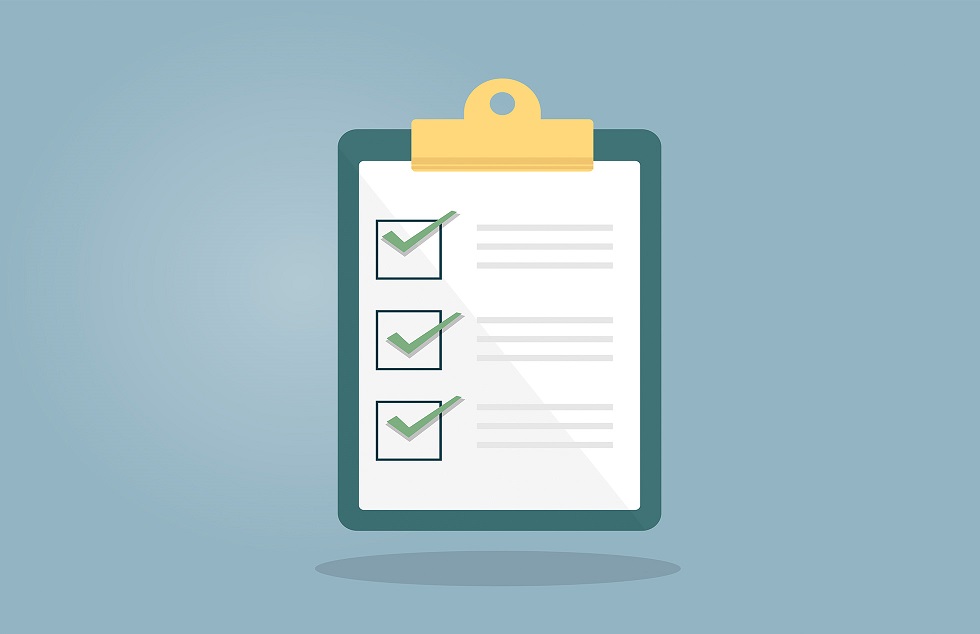In most cases, if you need a professional photographer, you’re going to hire someone with years of experience and equipment worth thousands of dollars that they are trained to use properly and have tested numerous times. But in many cases, you need a few quick images for your website development or social media posts. That type of stuff you can often do yourself, usually with a smartphone and some decent lighting!
We won’t waste time telling you how to get photography like a pro. It took them years to become a professional photographer and requires equipment that you simply wouldn’t purchase unless that was your full time job. But we can offer tips when you need to capture the type of images you can DIY.
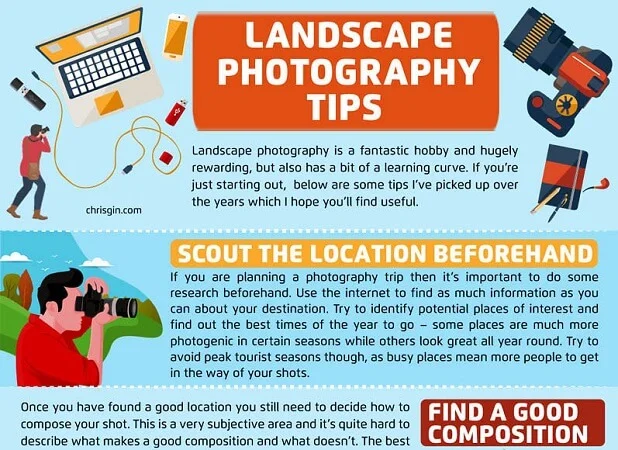
When Is DIY Photography The Right Fit?
First off, if you have a photographer on your team, you should have them handle this task whenever possible. Even with a cellphone, they will just have a better eye for all of the details. This article is for those that don’t have a photographer handy and need to capture images themselves, with little to no expertise. So, when is DIY photography a decent option? Here are some situations:
-
Social media – You can get away with cellphone photography and videography on social media. Professional images are nice, but when you’re trying to drive connections on social platforms, especially with behind-the-scenes type posts, cell images are often better received.
-
Project galleries – If you’re showing off your latest work, cellphone images are often expected and add a sense of trust and realism to the pictures. You don’t want them to look too polished in most cases, as they can start to look more like stock and the customer may question their validity.
-
Headshots – This one can go either way, but we believe that you can capture wonderful headshots using a cellphone. You’ll want a professional if you need specific styling or full team photos and if your staff needs some coaxing to get a great shot. But if you’ve got a vision and a team used to having photos taken, this is an easy place to save a few dollars.
-
Candids – Any time you’re using candid images of staff, customers, your space or anything that is meant to look off the cuff, grab your cell phone and capture away!
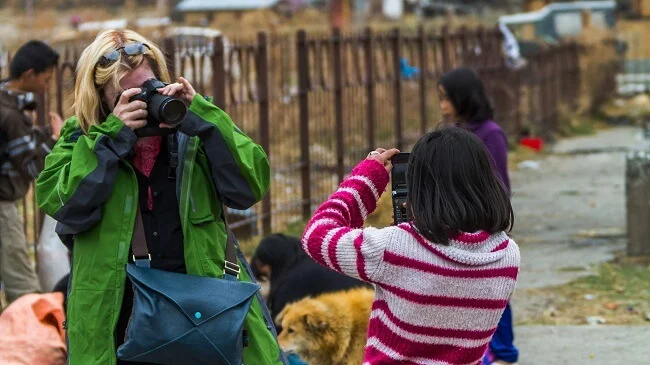
When NOT To Use DIY Photography
-
Primary branding images – The ones that capture the true essence of your brand need to be professionally taken and edited.
-
Website images – This one is a bit contradictory because we mentioned galleries and headshots as good options above. So, some website images can be taken on your cell phone, but for the most part, we highly recommend hiring a professional web developers for these, especially if you need high resolution product or food imagery. Don’t forget to ask your photographer to get you lots of great wide-angle shots for those full width hero images as well!
-
Editorial or stylized campaigns – When you’re looking for images to tell a big story, you need a professional to ensure you get just the right look you’re trying to achieve. Your phone may be capable and you may have great ideas, but the time required just for editing this type of imagery is usually better spent on other things and left to the professionals.
Tools You Need to Get Great Cellphone Photos
In order to get great photography on your cell phone, you’ll need the following:
-
A high-quality camera included in your phone
-
Knowledge of how to use the camera and photography features
-
Lighting
-
A tripod (recommended)
-
Editing software (external or included in your phone)
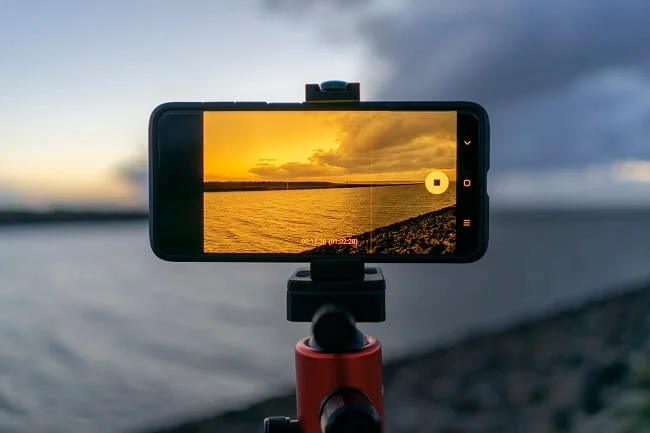
Things To Keep In Mind To Get The Best Photography On Your Own
-
Make use of the gridlines on your camera to ensure you get a balanced shot and the subject is the focus.
-
Don’t use zoom as it reduces the quality of the images. Get closer to the subject instead and try taking shots from various ranges to get the best fit.
-
Use your phone’s HDR setting to get the best balance of the light and dark angles in your space.
-
Play with the amount of space included in the shot. Try to focus on one specific thing and leave lots of space around it when possible so the subject of the image stands out.
-
Look for symmetry, patterns, lines, reflections and shadows to capture more interesting perspectives on images. Take common items out of their usual environment to help them stand out more. Creativity captures attention!
-
Take tons of shots in rapid succession to capture the best candid moments and the rare in-between shots that can be amazing.
-
Only use your flash during the day, or choose natural light whenever possible.
-
Use built in filters, sharpen tools, colour blocking functions and more to play up your images, especially on social platforms like Instagram.
When you work with Digital Monk, we’ll inevitably ask you for imagery to represent your brand. In many cases, the camera quality on your phone is more than enough to capture what we require. Our team can offer guidance on how to get the best images and when you should consider hiring a professional as well. If you have any questions at all, please feel free to contact us directly. Happy Snapping!



